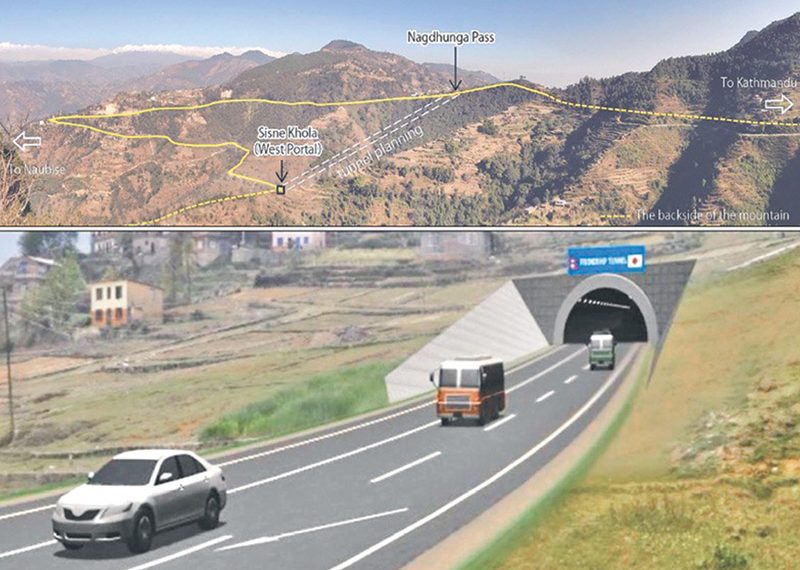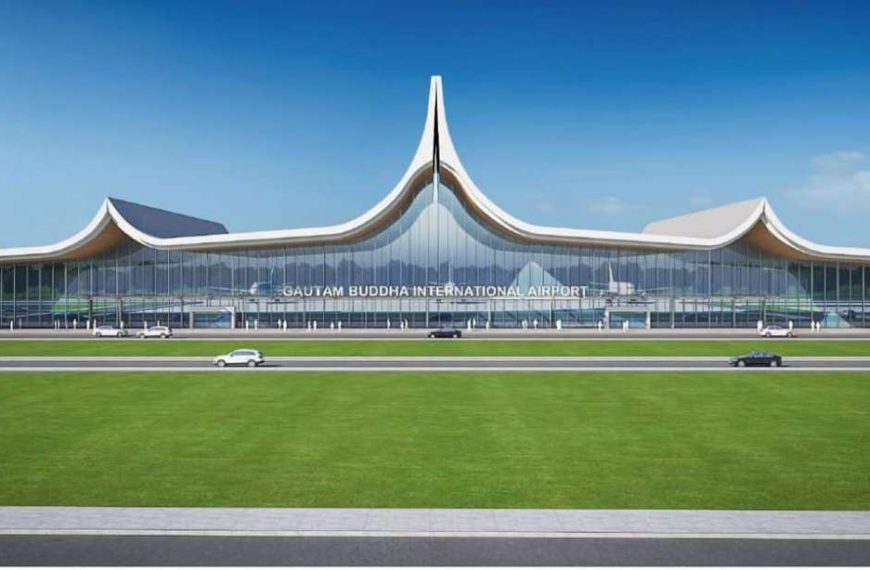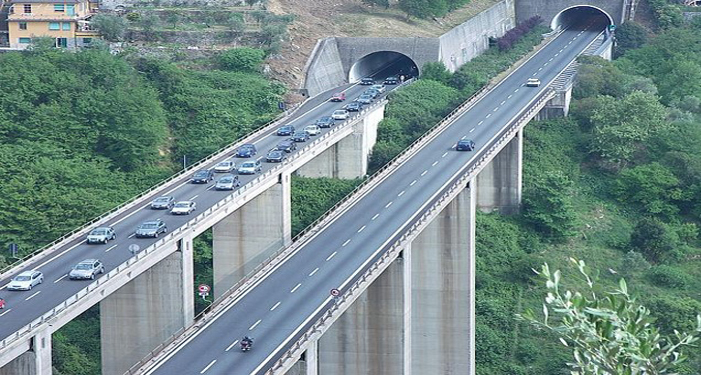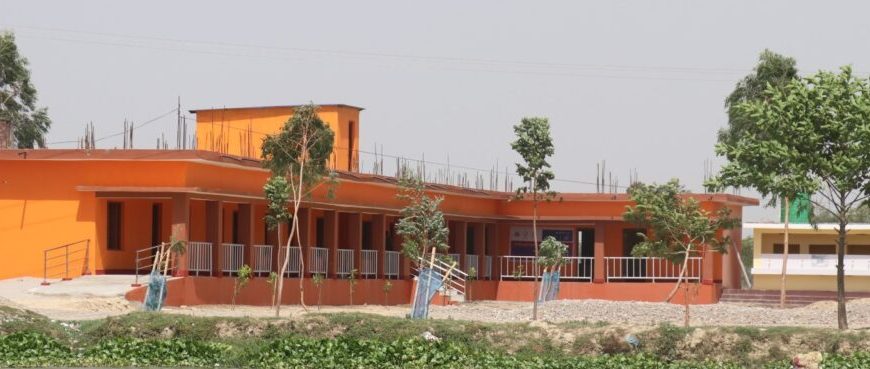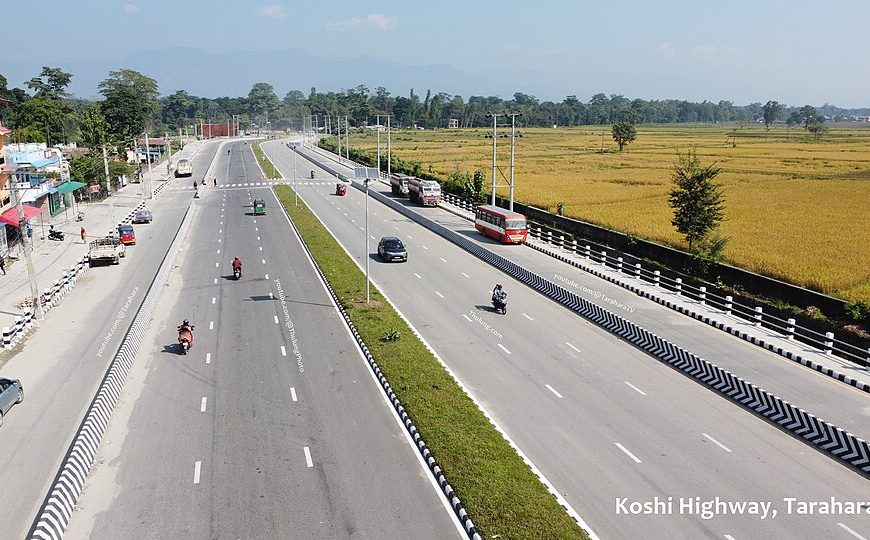In a significant move to bolster Nepal’s infrastructure resilience, the World Bank has approved a $150 million credit aimed at enhancing the country’s bridge network. This initiative, led by Nepal’s Department of Roads (DoR), focuses on improving connectivity, especially for remote and vulnerable communities, while ensuring the bridges can withstand climate-induced challenges.
Strengthening Nepal’s Bridge Infrastructure
The approved funding is part of the Third Bridges Improvement and Maintenance Program (BIMP III), which builds upon the successes of its predecessors. This program is designed to address the vulnerabilities of Nepal’s bridge network, which is crucial for the country’s socio-economic development. By focusing on climate-resilient measures, the program aims to ensure that bridges remain operational during extreme weather events, thereby maintaining vital connections across the country.
Key Components of the Program
The $150 million investment will be utilized across several strategic areas:
- Climate-Resilient Designs: Implementing enhanced structural designs and innovative technologies to safeguard bridges against extreme weather events.
- Real-Time Monitoring Systems: Introducing systems that allow for continuous monitoring of bridge conditions, enabling prompt maintenance and reducing the risk of sudden failures.
- Inclusive Accessibility: Designing bridges that prioritize accessibility for all users, including pedestrians, cyclists, and individuals with disabilities, ensuring equitable access to services.
- Community Connectivity: Focusing on connecting marginalized communities to essential services such as education, healthcare, and markets, thereby promoting inclusive economic growth.
Implementation and Oversight
The Department of Roads will oversee the implementation of the program, ensuring that the objectives align with national development goals. The program also emphasizes capacity building within the DoR, aiming to enhance the institution’s ability to manage and maintain bridge infrastructure effectively.
Broader Impact and Future Outlook
By fortifying Nepal’s bridge network, the program is expected to have a ripple effect on the country’s overall development. Improved infrastructure will facilitate trade, enhance mobility, and contribute to poverty reduction by providing communities with better access to opportunities. Moreover, the focus on climate resilience positions Nepal to better adapt to the impacts of climate change, safeguarding infrastructure investments for the long term.
This initiative reflects a collaborative effort between the World Bank and the Government of Nepal to prioritize infrastructure that is not only robust and reliable but also inclusive and sustainable.






